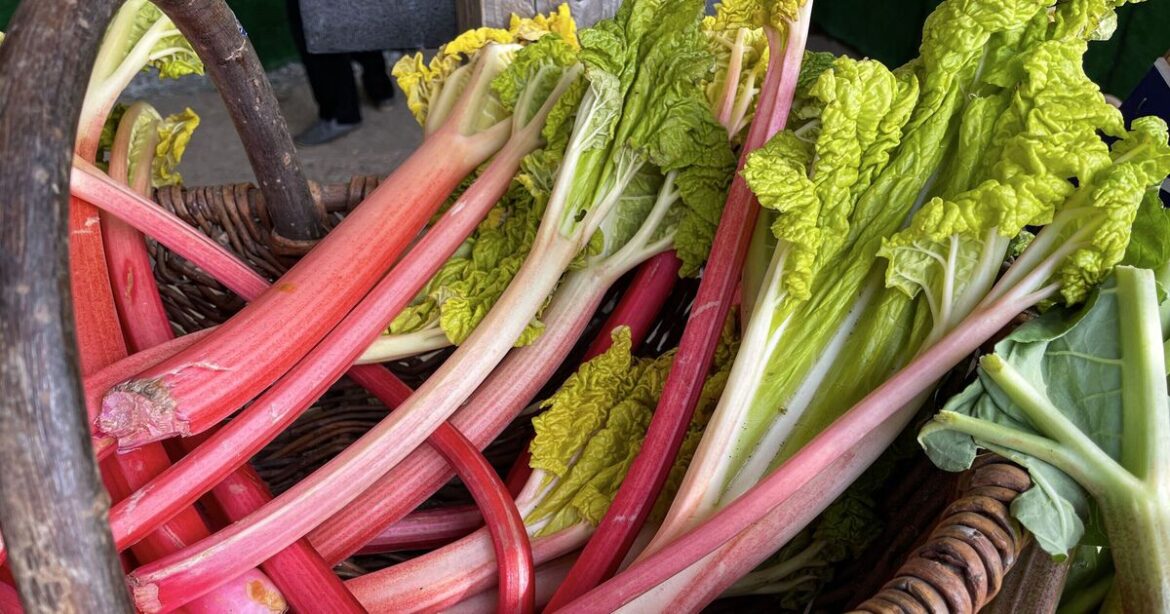Rhubarb is a cherished staple in UK gardens, along with juicy tomatoes and leafy greens like lettuce, which are generally easy to grow. Unlike its savoury counterparts, rhubarb is unique because it’s one of the first sweet ingredients to emerge in British gardens and is ready for use in crumbles, jams, and compotes from April. The plant is considered a hardy perennial, which means it thrives in our temperate climate with little protection, but gardeners must tend to their crop in other ways to secure a healthy yield of fruit.
The tall, colourful stems may be harvested from April to September, however, gardeners should not get too carried away with admiring the visually striking flower stalks that flourish on the plant, particularly if they want to grow more fruit.
The Tea Break Gardener notes that a simple gardening task involving some light pruning is essential for a long-lasting harvest.
Sharing advice on their blog, the gardening enthusiast said, “Check your plant every now and then for flower stalks. You will want to remove these to prevent the plant from diverting its attention to flower and seed production.”
Rhubarb flowers are easy to spot: they start as a green ball, within which the white flowers develop. The flowers can be pink-tinged and resemble malformed cauliflower or large astilbe flowers.
According to an article from Montana State University, even if you like the look of the flowers, they are best cut off as soon as they appear.
Letting flowering stalks form completely will remove nutrients from the petioles, edible stalks, and roots and transfer them to the seedpods.
Mulching around the base of the rhubarb before a hot spell, and keeping the soil nice and moist, can prevent bolting, which simply means the plant produces flower stalks instead of edible stems.
As rhubarb grows best in cool temperatures, some forward planning will help prevent flowers from appearing too rapidly before the heat of summer sets in.
Edible stems that are already growing are unaffected by flowers and are safe to eat. The Tea Break Gardener notes that rhubarb can be picked “whenever it looks ripe”, typically when the stems are long, dark red in colour, and streaked green with fully-unfurled leaves.
While some plants may fruit into September, the gardening expert suggests that anyone growing rhubarb should stop picking in August.
This is to ensure the plant can “recover” for the following year.
When picking the stems, simply reach down towards the base and give the rhubarb stalk a sharp tug upwards with your hands to cleanly pull it out of the ground — there’s no need for a knife.
Gardeners should “never remove all the stems from a plant”, but instead, leave some on to “feed” what’s still growing.
Come autumn, the leaves on rhubarb plants will rapidly droop and turn black. This is a sign to prepare the crown for the dormant season.
Just pull the leaves away gently and compost them. Despite being poisonous to eat, they won’t cause harm to compost.

